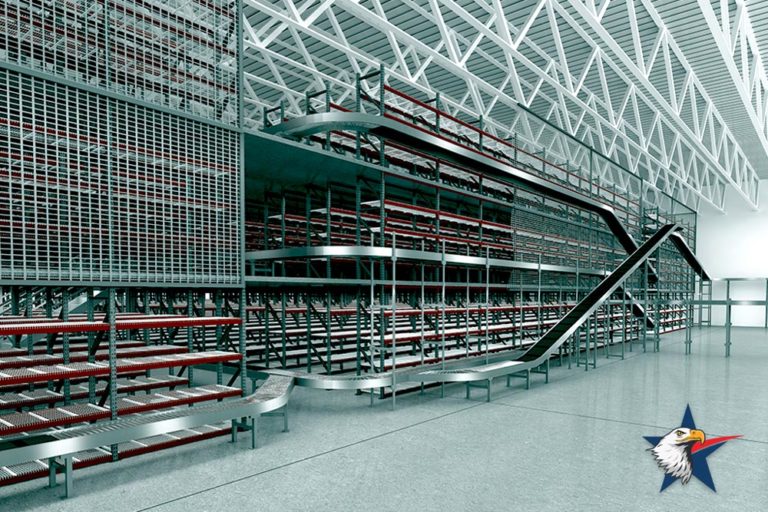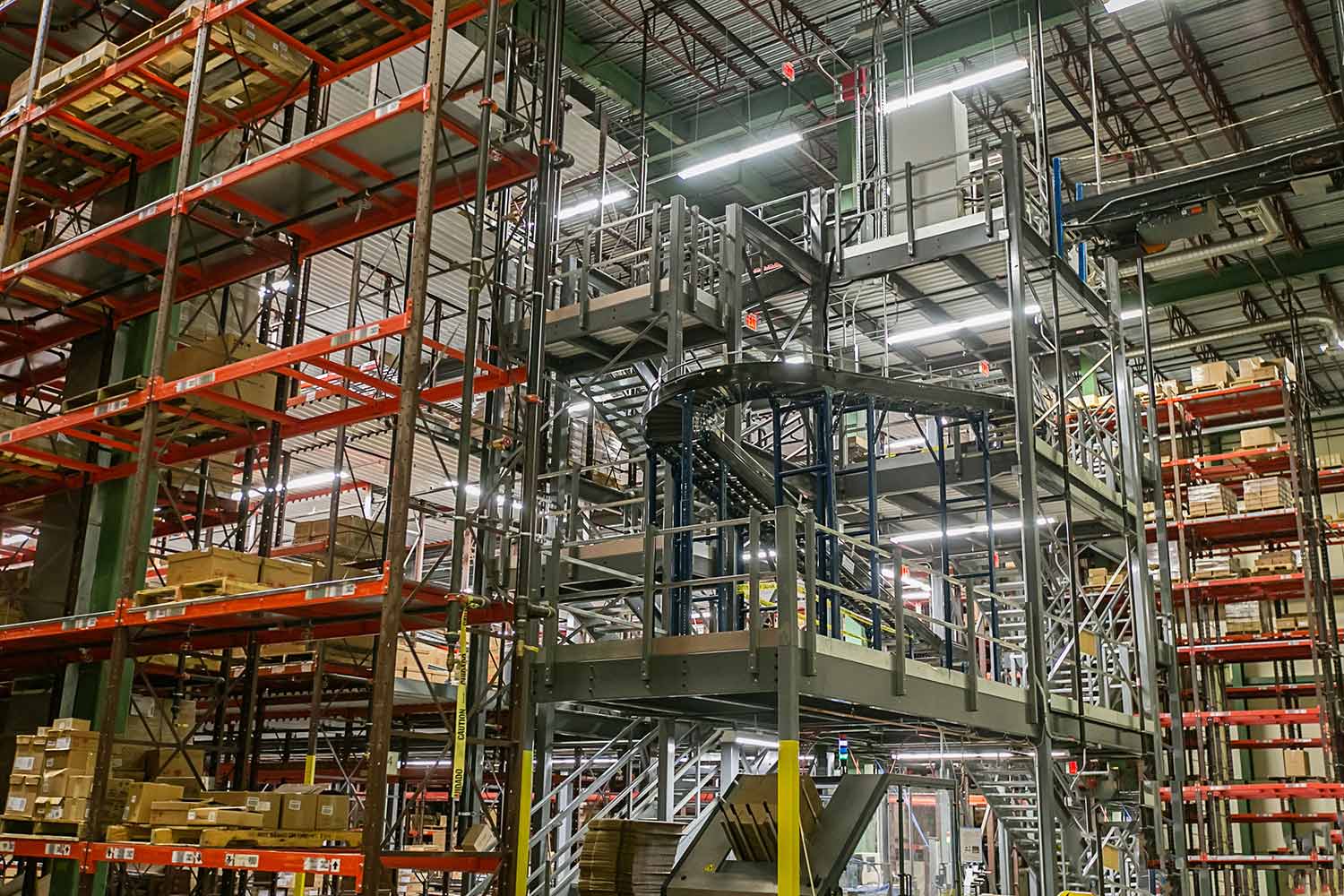
January 22nd, 2021
6 min readTop 3 Supply Chain Links to Consolidate for Efficiency
There are times when growth and expansion are the keys to success. Larger spaces, more resources, and an increase in the size and scope of a supply chain can lead to greater profit, better service and happier customers. But this is not the case for every business. There’s a reason why “less is more” is a proverbial saying, and consolidation can be a great thing for businesses looking for controlled, steady, and efficient growth.
When consolidation can win over expansion
There was time when all roads led to Rome — the empire controlled a supply chain that spanned continents and dealt in everything from military logistics to the movement of olive oil — but this expansion ultimately led to its collapse. Similarly, when a business has a supply chain that is filled with too many suppliers, warehouses, routes, carriers, shipments, etc., it can become too much to manage efficiently. Expansion ends up leading to mismanagement, loss and wasted resources. For some businesses, it simply makes more sense to consolidate their supply chain, reign in extraneous entities, in order to make the most out of a smaller pool of resources.
Looking to consolidate your supply chain? Here are three places to examine first.
#1: Consolidating suppliers
Supplier (or vendor) consolidation is the process by which a business reduces the number of business relationships they have in their supplier network. This can either reduce the number of vendors where the business gets their products from or the number of suppliers they purchase materials used to manufacture their products from. There are two main approaches to supplier consolidation:
- Numerical consolidation: where a business simply reduces the number of suppliers and vendors in its network.
- Regional consolidation: where a business shrinks the area it is willing to have its suppliers located. This can involve stopping the use of international suppliers or focusing only on a certain domestic region.
The key benefits that can be gained by consolidating suppliers include:
- Reduced costs: by reducing the amount of suppliers in a network, a business can eliminate the costs associated with setting up an intricate supplier network and reduce the amount of middle-management positions it needs to maintain the network and relationships with numerous partners. Costs can also be saved through the time saved by internal employees who manage these networks.
- Better relationship with suppliers: choosing one or a few suppliers can result in stronger partnerships between the companies within the network. Making certain suppliers exclusive providers of products can also lead to better prices.
- More consistency and quality: it is easier to maintain consistency and quality of products by working with fewer suppliers.
- Improved compliance: if you are a business who is subject to certain industry regulations, it is far easier to maintain compliance when working with fewer partners.
- More controlled risk: it is easier to calculate and control for risks when fewer variables are in the supply chain.
Before consolidating a supplier network, analyze the current relationships, locations, and prices of all suppliers before building a network that better serves your supply chain goals.
#2: Consolidating shipments
Consolidating shipments reduces the number of truckloads a business sends out within a given time period. Some shippers benefit from sending out products ASAP, while others can wait until they fill a trailer before having a carrier move the freight from a warehouse. For businesses who cannot wait until a full truckload is achieved, there are two methods of consolidating shipments:
- Partial truckload shipping (PTL): PTL shipping allows for partially filled trailers to be hauled to one or more destinations. It’s a cost-effective method of shipping that allows freight to stay on a single trailer for the duration of the shipment. It also does not require freight classification, which reduces time and costs associated with incorrectly labeled shipments.
- Less than truckload shipping (LTL): LTL shipping involves sharing a trailer with freight from other businesses. Shippers only pay for the portion of the trailer used, allowing for reduced costs.
The benefits of embracing shipment consolidation include:
- Reduced costs: both PTL and LTL can reduce the costs associated with shipping.
- Reduced shipping times: PTL especially can reduce the amount of time it takes to send out a shipment because the trailer makes fewer stops.
- Less damage risk: when products are handled less via the loading and unloading of trailers, there is less of a chance they can become damaged.
- Less dock congestion: rather than taking up dock space while waiting for a trailer to be filled, consolidated shipping allows for products to be moved right when they are ready to be shipped, meaning half empty trailers aren’t left in loading bays.
When consolidating shipments, it’s important to find a dedicated network of carriers who are willing to work with you to consolidate and move loads as they become available.
#3: Consolidating warehouses
Having warehouses spread out across the country is not always the most efficient way to ship products to customers, even if they are located closely to regional warehouse locations. There are many benefits that can come with consolidating warehouses:
- Higher efficiency: when shipments arrive at or depart from fewer (or a single) location, efficiency can increase. This is because the management and coordination of shipments becomes easier, thus reducing the turnaround time on shipments.
- Reduced costs: less warehousing space means fewer costs associated with taxes, rent/mortgage, utilities, etc. If your business has a lot of unused space spread out across multiple warehouses in a region, it may be worth it to consolidate them into a single regional location.
- Less overhead in inventory: reducing inventory levels opens up business capital that can be invested in other areas of the business.
- Greater consistency, quality and compliance: as with reducing suppliers, reducing warehouse locations allows your business to better monitor the consistency and quality of products and services as well as maintain compliance with industry regulations.
- Better relationships: if you outsource your warehousing to different partners, reducing the number of partners you have can increase relationships with your remaining partners.
When consolidating warehouse locations, strike a balance between the resources needed to maintain each warehouse and time it takes for products to get to your customers. It may be worth it to keep warehouses in certain areas for shipping times, while eliminating others can bring greater efficiency to your business.
For more information on supply chain efficiency, contact us or call 612-716-1789. We’d be happy to provide you with consultation on your next project.
Credit: Tom Sellin Director of Business Development at King Solutions. (2020, September 25). 3 Supply Chain Links to Consolidate for Efficiency [Blog post].
Retrieved from https://kingsolutionsglobal.com/blog/3-supply-chain-links-to-consolidate-for-efficiency/
Related Posts

The Human-Robot Partnership Requires an Upskilled Warehouse Workforce
Article
Professional Integration is Crucial for Warehouse Automation & Robotics Implementation
Article